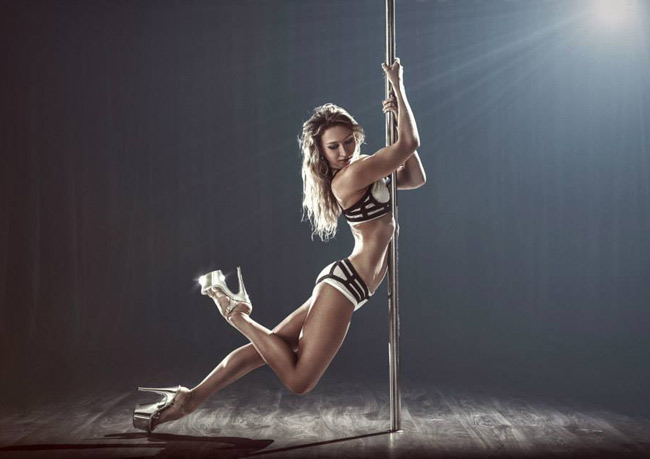The truth you didn’t know about pole dance

Pole dance was preceded by traditional sports like the Indian Mallakhamb (malla = wrestler, gymnast; khamb = pole) which dates back 800 years. In the 1890’s, traveling sideshows and burlesque circus performances introduced western audiences to pole dance, and soon a more esthetic and sensual form emerged. More recently, in the 1990’s, Canadian pole dancer Fawnia Mondey created the first pole training video to use in fitness exercises. Today pole dance is a popular form of recreational and competitive sport, attracting women looking to increase muscle strength and lose weight in a pleasurable way.
7 reasons why more and more women are taking up pole dance
- Physical exercise should be pleasurable. The combination of music, dance and relaxation releases endorphins, making pole dance seem more like play than a boring work-out.
- The speedy loss of body fat and increase in muscle mass and pliability is encouraging for newbies.
- Supporting the body on the pole strengthens the cardiac musculature.
- Performance at conventional dancing is significantly improved, even if you think of yourself as a poor dancer.
- Pole dance attracts women of all ages and from all walks of life, including housewives, lawyers, physicians and teachers, not just professional dancers and athletes. Prejudice against pole dance, understandable as it might be, vanishes after the first session.
- Due to stress and heavy work and family demands, many women keep their beauty and sensualness locked away in a black box. Pole dance quickly unlocks this potential and boosts self-esteem.
- Inspired by yoga, many pole dance moves help straighten the spine and correct unhealthy postures.
Pole dance is now available at many gyms and health clubs across the country. Check out your local gym. Give it a try. You won’t be disappointed with the results.
Kelly Kirschsteïn, for the Essence blog.




Leave a Reply
Want to join the discussion?Feel free to contribute!